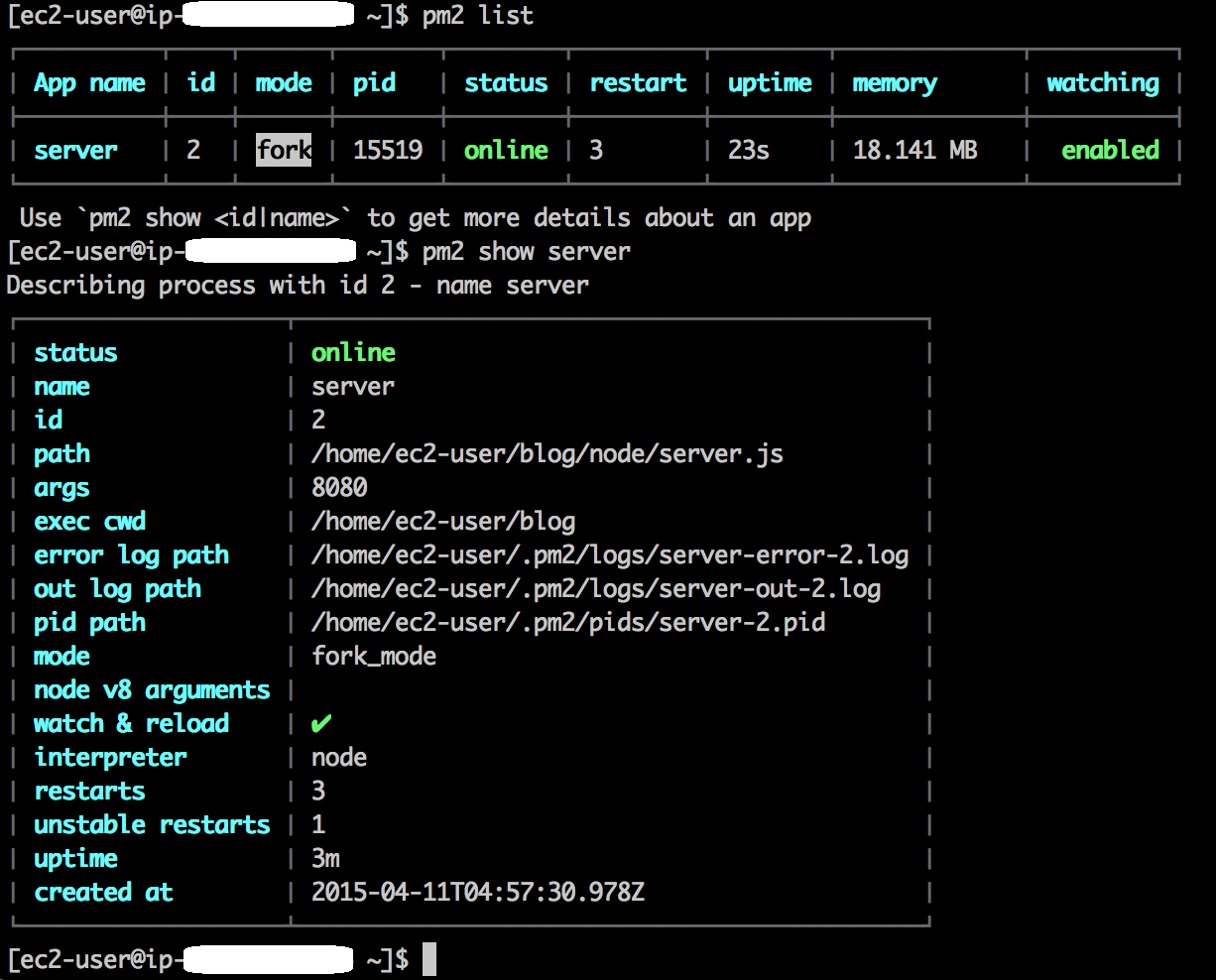So I wanted an app server.
How hard could it be right? Well, not really that hard at all.
I was tired of having a static site served by apache. I want to do some cool stuff with the google APIs, like maybe a form submit where the results end up in a google doc for me. To do that I need more than hugo’s static site generation. But I didn’t want to get rid of hugo because I like a lot of it’s features, so I added nodejs on top of it as the application server.
It really wasn’t hard to set up. The most difficult part is thinking through the deployment package. I decided my .js files will be inside a special /node directory inside static, so hugo will copy them as-is into the output directory /public. The public directory then looks like this after hugo generates the site:
public/ | -- node | | -- server.js | | -- index.html | -- 404.html | -- etc...
As it turns out, its pretty easy to set up a web server on node. I installed a basic web framework called express and I was off and running with a 25 line .js file:
#!/usr/bin/env node
port = 80
if(process.argv.length > 2){
port = parseInt(process.argv[2])
}
var express = require('express')
var app = express()
//hide everything in the node folder
app.use('/node', function (req, res, next) {
res.status(404).sendFile('404.html', {root: process.cwd()});
})
app.use(express.static('.'))
app.use(function(req, res, next) {
res.status(404).sendFile('404.html', {root: process.cwd()});
});
console.log('listening on port ' + port)
app.listen(port)
The big deal is the three app.use( statements in the middle. The first one hides the /node folder, intercepting any requests and returning a 404 so noone can see the code running my site (important for later when I add fancy things). The second serves up my whole static site. It would serve up my js files too if not for the first one. The third is a 404 handler which responds with my 404.html web page.
Running it on the actual server box should be easy enough as well. First I had to go install node, using instructions found here. Then I was able to install express using npm.
I put the blog content in ~/blog, and can serve it up from there with sudo node node/server.js. One important piece was where to put the node_modules directory. I moved it to ~/node_modules, so it’s not served up by the static site server, and node can find it there just fine.
Now, I don’t want to start the server with sudo every time, because I want the app to run as ec2-user and not as root. Now that it’s no longer just a static site I need to be more worried about security. Unfortunately ec2-user can’t bind to port 80, so I had to do an IPTABLES redirect:iptables -t nat -A PREROUTING -p tcp --dport 80 -j REDIRECT --to-port 8080
now I can start up the server on 8080 as a normal user, and it all works great:node node/server.js 8080
One last thing, I want to set up an automated process to monitor my server and reload whenever I upload changes. I’m using pm2 which is a pretty nifty tool:pm2 start node/server.js --watch -- 8080
And I can see the list of running prcesses with pm2 list, and see details of my server process with pm2 show server. With the “–watch” flag, it automatically detects changes to my files and restarts the process. I didn’t even really have to change my deploy script!

pm2 monit:

Well, all that was fun. Now I have the capability through node.js to add more fun features to my blog in the future. Who knows what crazy things I’ll fire up on that thing next?